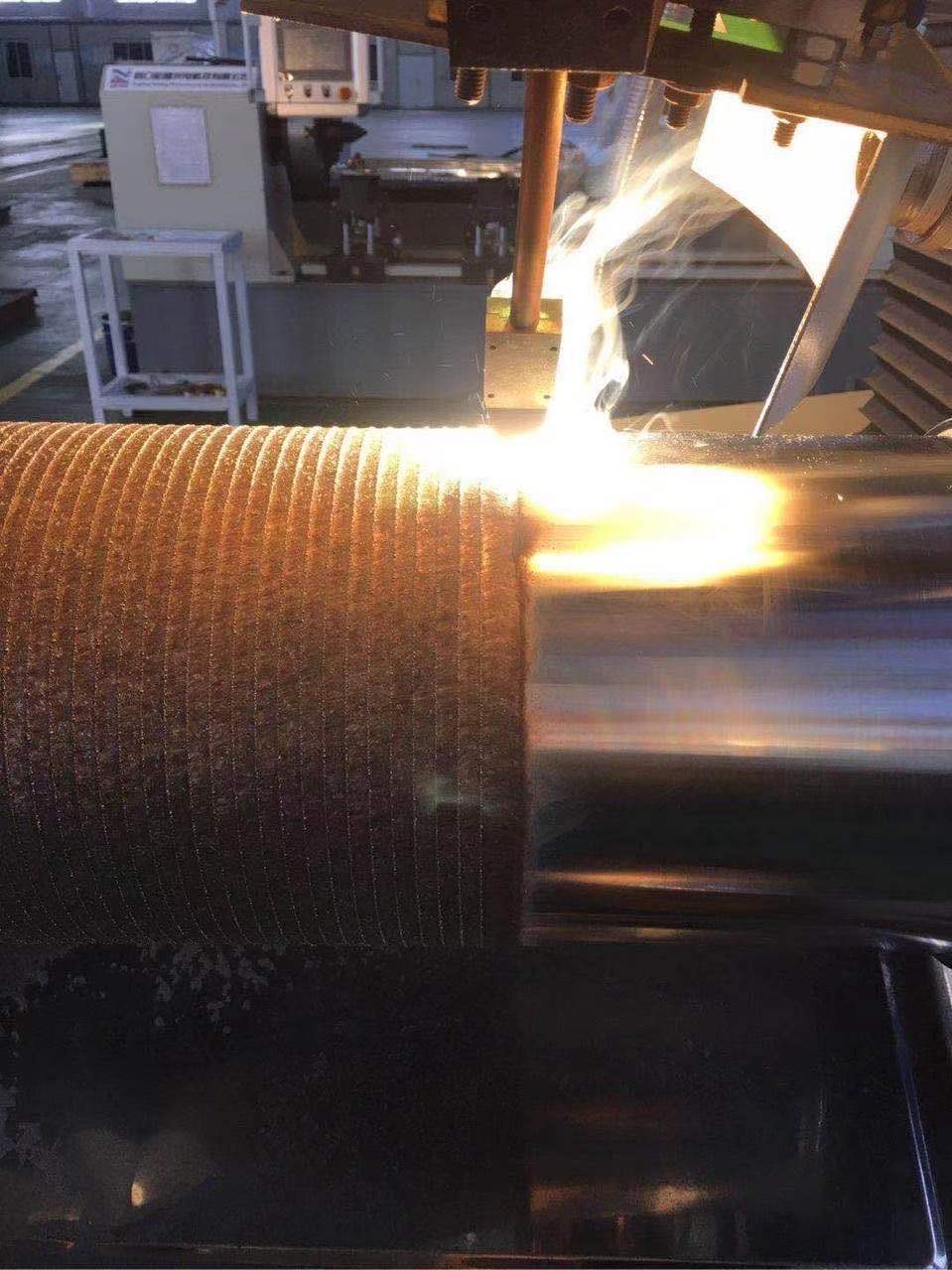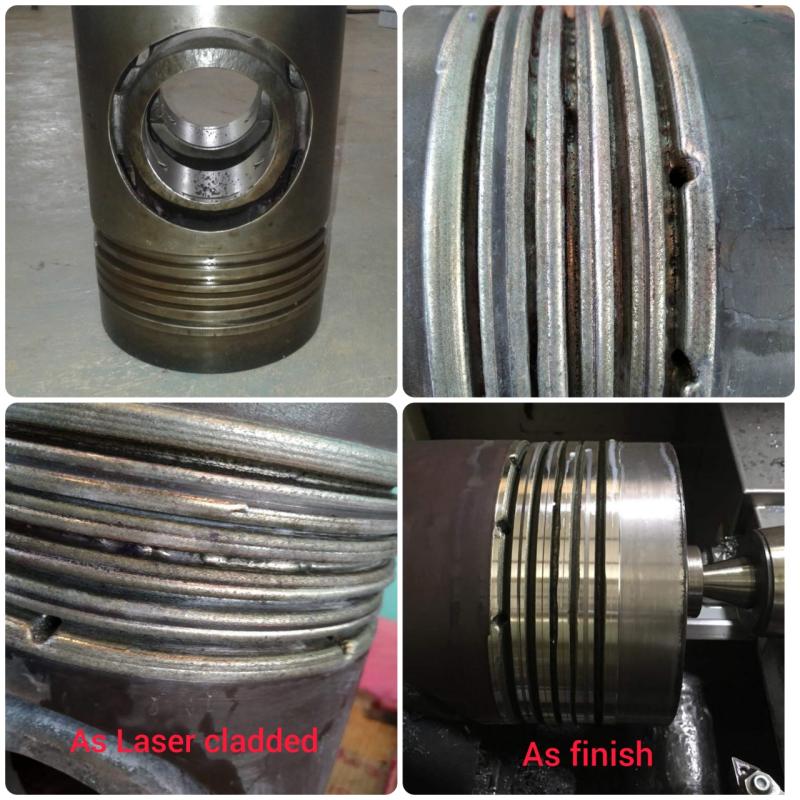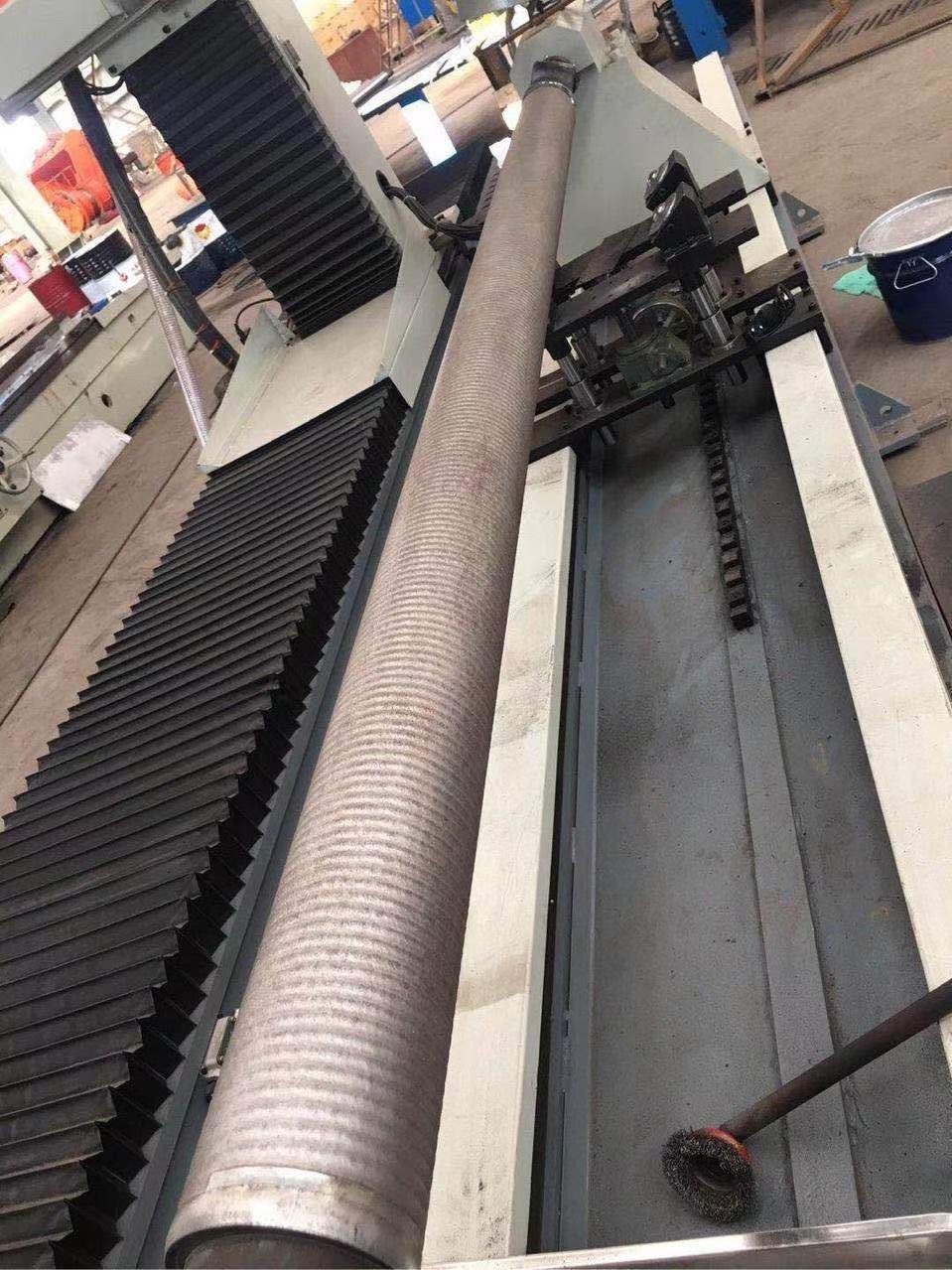Spatial interferometer for gravitational wave detection great benefit
The European Space Agency (ESA) said its pre-researched space-based laser interferometer showed excellent anti-noise performance and accuracy during the first test flight, and the sensitivity was high enough to be used for gravity wave detection. Just 55 days after the LISA Pathfinder's gravitational wave mission, the pan-European team of scientists and engineers published their research in Physical Review Letters. They reported in the article that the key part of the space interferometer is a curved surface made of two gold-platinum alloys whose movement is affected only by gravity without the effects of cosmic forces such as the solar wind, which can eliminate the interference of spatial noise , Remain in complete freedom from interference state. Researchers at the French National Center for Scientific Research (CNRS) said the mission of the Pathfinder probe, launched at the end of 2015, has been completed and is currently staying at the Lagrange Point (L1) 1.5 million kilometers away from Earth. David Reitze, executive director of the California Institute of Technology at the Laser Interference Gravitational Wave Exploration Observatory (LIGO), said science scouts will play an extremely important role in future precision measurements at the Observatory. CNRS also said that "the technology not only meets the requirements of future laser interference space probes (ELISA) for gravitational wave verification, but it is also up to five times more accurate than expected." Time and space "ripples" Although many years have passed since the launch of the ELISA, it has been basically established that the ELISA will carry three spacecraft to implement the LISA Pathfinder program. The three detectors are 1 million kilometers away from each other, forming an equilateral triangular structure that forms a giant interferometer, constantly monitored by high power lasers for precise distances between them. The passage of any gravitational waves will result in a faint change in the distance between the interference panels caused by the spatiotemporal "ripples" of distant cosmic phenomena. In September last year, Earth's first detection of such gravitational waves, the United States laser interference gravitational wave Observatory (LIGO) clearly detected the collision signals generated by black holes. At the same time LIGO team confirmed the probe results in February this year. The advantage of deploying an interferometer in space is obvious: the "arm length" of its interfering optical path can get rid of the space constraints on Earth, which means the system will be more sensitive to certain activities. However, the difficulties are also obvious, launching them into space and adjusting them to ensure the stability of the system on the mobile platform and so on are all challenging. The Pathfinder probe uses an optical platform designed by British scientists to reach the final orbit Lagrangian Point (L1) on January 22 this year. CNRS reports that "the interference panel was released from the spacecraft for two days on February 15 and February 16. The specific scientific exploration operation started on March 1 and reached the level of accuracy specified by the project one day later." "As spacecraft operating temperature gradually stabilizes and residual gas is released cleanly, the performance of the detector will gradually improve, and scientists have taken advantage of these measurements to achieve accurate measurements of the stress-induced interference of panels, which is less than the threshold for gravitational wave detection. The operation is expected by the end of June 2016, but may be extended until April 2017. " Noise spilled In a paper just published in the PRL, the European Space Agency-led research team reported that only 11 noise spills occurred during 55 days of steady operation. "We found that the performance of this interferometer system is better than the results obtained with the local LISA test." The team said "the system has proven to be very stable, reliable and robust, with measured data never exceeding the scoping of the sciences, and the measurement data is able to maintain a continuous 100% duty cycle in two weeks." "Thanks to the level of performance that has been achieved so far, the system will be able to detect gravitational waves in space; it is conceivable that major discoveries will be generated that further confirm LIGO's detection." It is calculated that the gravitational waves generated by the collision of two heavy black holes will reach a signal-to-noise ratio of 1400. "The performance of the LISA Pathfinder is fully in line with the mission philosophy of the 'Gravitational Universe', which is one of the three tasks of the European Space Agency 'Future Universe Vision'." Precision measurement of "stunt" Reitze provides a series of explanations of some of the key technologies of the LISA Pathfinder mission at the American Physical Society website. "The LISA's goal is to detect gravitational waves at a much lower frequency than LIGOs at about 100 MHz to 1 Hz and the system will be more sensitive to gravitational waves from black hole celestial bodies with masses of 10 ^ 4 to 10 ^ 7, including those of great mass or mass Big black hole. " He also pointed out that due to the existence of earthquakes and noise, thermal noise and other interference, simply can not complete the capture of low-frequency gravitational wave signals. In order to achieve the measurement target, the ELISA interferometer will have an arm length of 2 million kilometers and will even be able to sense changes of 1 trillionth of a meter. "The key technique is the use of sophisticated probing techniques for interferometric measurements that greatly extend the detection capabilities of the detector beyond the goal of differential acceleration noise." "But the most impressive result so far is the probing performance of the Pathfinder probe in the high frequency range above 10 MHz, which is close to the performance in the low frequency range." Reitze concludes, "The current results indicate that the LISA mission will make huge strides in the future, and although LISA will use different interference techniques to improve performance, current Pathfinder has achieved very high accuracy in celestial displacement measurements , Showing the way forward for the next generation of gravitational wave measurement systems. "
Nickel Based Laser
Cladding Powder
Ni base alloy
powder is mainly made of NiCrBSi or NiBSi. Ni-based self-fluxing powder has
good wettability, corrosion resistance and high temperature self-lubricating
effect, and is used in components with heat resistance, corrosion resistance and
thermal fatigue resistance. In general Ni35,Ni45,Ni60 etc can be used for laser
cladding, the No means hardness of powder. Inconel 625 and 718 has good
corrosion property under higher temperature, also widely used for laser
cladding process.
Cobalt based Laser
Cladding Powder
Cobalt-based alloy
powder is the cemented carbide resistant to various types of wear and corrosion
as well as high temperature oxidation. That is, the so-called
cobalt-chromium-tungsten (molybdenum) alloy or Stellite alloy cobalt-based
alloy is mainly composed of cobalt, containing a considerable amount of nickel,
chromium, tungsten and a small amount of molybdenum, niobium, tantalum,
titanium, Alloying elements such as lanthanum, and occasionally a class of
alloys containing iron.
Co-based self-fluxing
alloys have good high temperature performance and wear resistance and corrosion
resistance, and are used in petrochemical power, metallurgy and other
industrial fields where they are wear-resistant, corrosion-resistant and
high-temperature resistant.
Iron based Laser
Cladding Powder
The work pieces
required for laser cladding and manufacturing in the actual industry are mainly
carbon steel and cast steel. The Fe-based alloy is close to the base material
in composition and has good wettability. The advantage of Fe base powder is
lower cost and good wear resistant of cladding layer. As a result, it`s the
most widely used for laser cladding process. It is suitable for parts that
require local wear resistance and are easily deformed.
WC blended Laser
Cladding Powder
Tungsten carbide blended with Ni alloy powder is the best
choice for wear resistant work piece. This unique process can bring excellent
wear, corrosion and high temperature resistant. Our blend powder can achieve
different portion of WC from 35% to 60% without crack under suitable cladding
parameter.
Iron Alloy Powder,Nickel Alloy Powder,Cobalt Alloy Powder,Laser Cladding Powder Luoyang Golden Egret Geotools Co., Ltd , https://www.xtchvof.com


